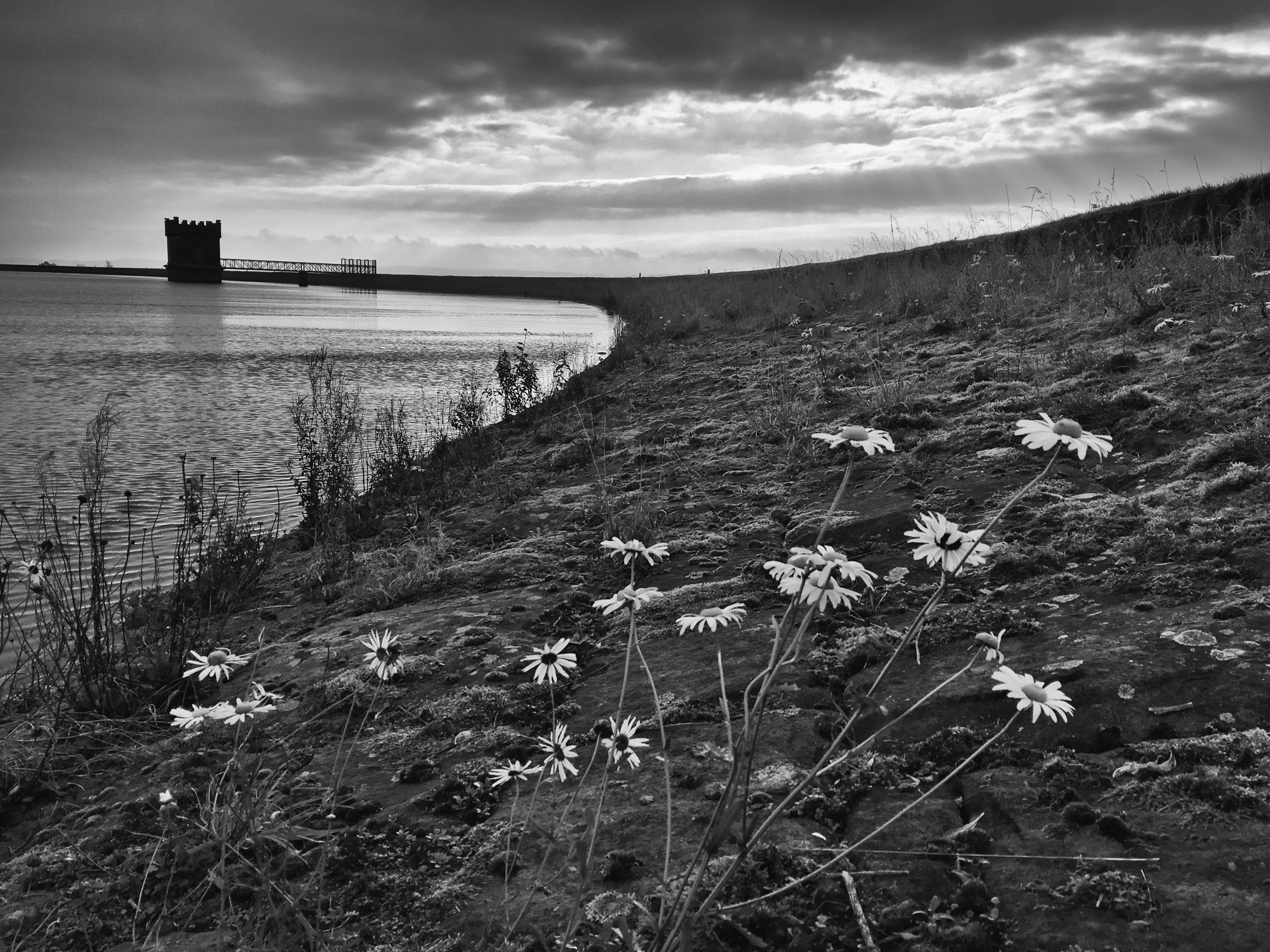A walk along the riverbank at Ribchester today produced a Little Egret, only my fourth sighting since I moved here six years ago but I suspect they are quite regular. It was feeding on the bank between Lower Barn Farm and Red Bank. The reasonable species total of 43 today included a few other interesting birds like bullfinch and jay, which were also my first sightings this year. The young Peregrine is still around, being mobbed by the local Carrion Crows today, effortlessly avoiding them and then turning the tables and buzzing them in return. It had a full crop and I am guessing that it is hunting the starlings, which are here in large numbers this winter. A big flock of c2500 gulls, mostly Black-headed, on the flooded fields opposite Red Bank included a couple of Lesser Black-backed Gulls. There are still a few Fieldfares and Redwings around there appear to be more Chaffinches and Blackbirds than usual. Regulars also included three Kingfishers, five Common Buzzards, a sparrowhawk and three Grey Wagtails. The pinioned escaped Trumpeter Swan was still on the river today, it must be more than 12 years old now as it has been in Rib as long as I have been in East Lancs.
Snow Buntings are back on Pendle Hill, seen here in the shadows of the Downham Slope.
Martin Garner wrote in his Birding Frontiers Challenge Series Winter 'It's like having the Arctic Wilderness arrive on your doorstep'. That's exactly how I feel about Snow Buntings. I've been lucky to see them on their breeding grounds in both Iceland and Svalbard this summer and here they are back again in East Lancashire for the winter. A couple of Snow Buntings had been seen on Pendle on Friday and I couldn't resist a (now only occasional) hike up the hill today. After some searching of their favourite haunts on the hill I heard one call over the big end, this was followed by a second a few moments later. Not long afterwards I was delighted to stumble on a small flock of eight birds feeding grass seeds along one of the paths above the Downham slope. They were typically very shy and difficult to approach, feeding on the icy cold north slope, which does not see the sun by this time in winter. Northerly winds recently have probably aided their return to Pendle after an almost blank winter last year with only a couple of birds and I found quite a few droppings here and there suggesting they have been around for a while already. As explained in Martin Garner's book, the Pendle birds identified to race so far have been nivalis and are therefore continental European breeding birds but, wherever they are from, Snow Buntings are very uncommon away from the coast making the small numbers we get on Pendle very special. Also on Pendle today were golden plover (8), plenty of Red Grouse calling now and a woodcock in the car headlights standing in the middle of the road below the big end before first light.
Slavonian Grebe, Alston Reservoirs - CLICK ON IMAGES FOR LIGHTBOX
THE SLAVONIAN GREBE CONTINUES AT ALSTON RESERVOIRS. Still on the 'more accessible' no. 1 reservoir, I managed to catch up with it again today, this time in bright sunshine. The sunshine deepens the blue colour of the water and for the same reason that early morning shadows are blue, the shorter wavelength blue part of the spectrum is not absorbed by the water and is reflected. There are a couple of things to remember when photographing birds on water. First of all shooting in RAW allows you to change the white balance and these images were processed at 7500K (i.e. warmer than the 'cloudy' setting). This reduces the intensity of the blue light reflected by the surface of the water. Believe it or not the water was actually much bluer than this at a daylight (i.e. sunshine) white balance setting. I often think that deep blue backgrounds distract from bird subjects. The second thing is that waves create constantly changing patterns so high burst mode is worthwhile to catch either a nice distribution of wave shadows in the background as well as any (desirable?) splashes of water. The three shots below are consecutive frames at 14fps showing how much can happen in such a fraction of a second! As usual it's all a question of personal taste, there is not right and wrong, this is just my preference. Back to the grebe itself, you can see that it has now moulted its cheek feathers and looks much smarter!
Slavonian Grebe, Alston Reservoirs
The long-staying Alston Slavonian Grebe has spent all of its time so far on no.2, quite distant and uninspiring but I was happy to see that it had moved to the 'accessible' no. 1 reservoir today, where was feeding close to the shore by the pumping tower. This is only the second Slavonian Grebe in East Lancs since I moved here 12 years ago, the previous one was even more approachable at Barrow Lower Lodge in 2008. Other birds at Alston today included a brief Peregrine that perched on the pylon behind the wetland, kicking a raven off it in the process, a Green Sandpiper was also on no. 1 and a late curlew was flying around calling. There were also more passerines on the move today including meadow pipits, pied wagtails and skylarks. An enjoyable morning.



